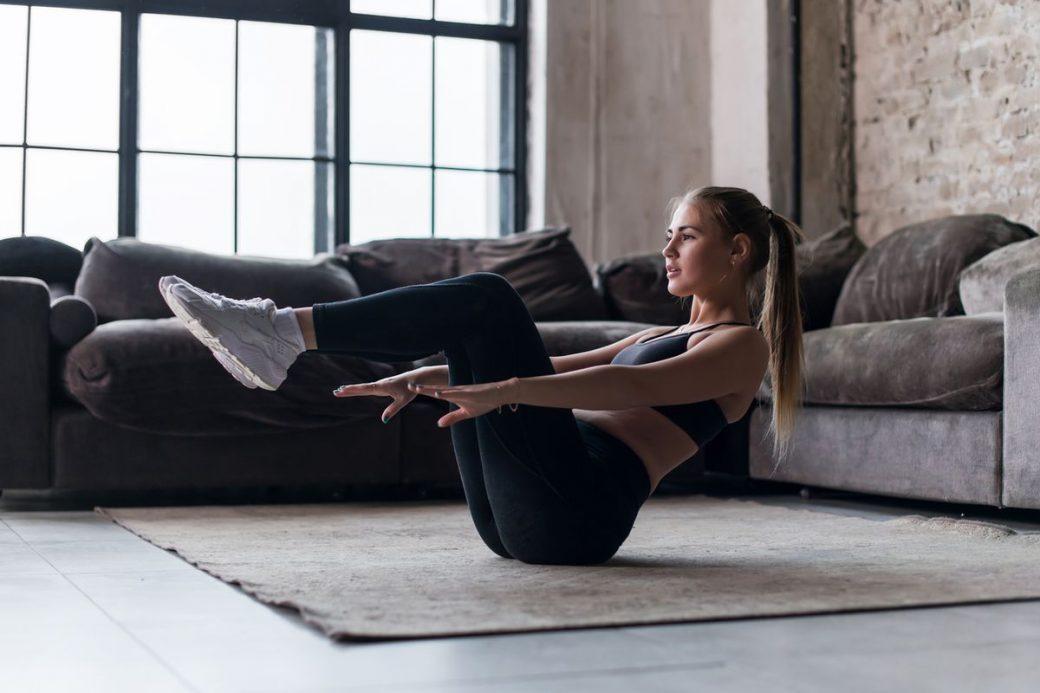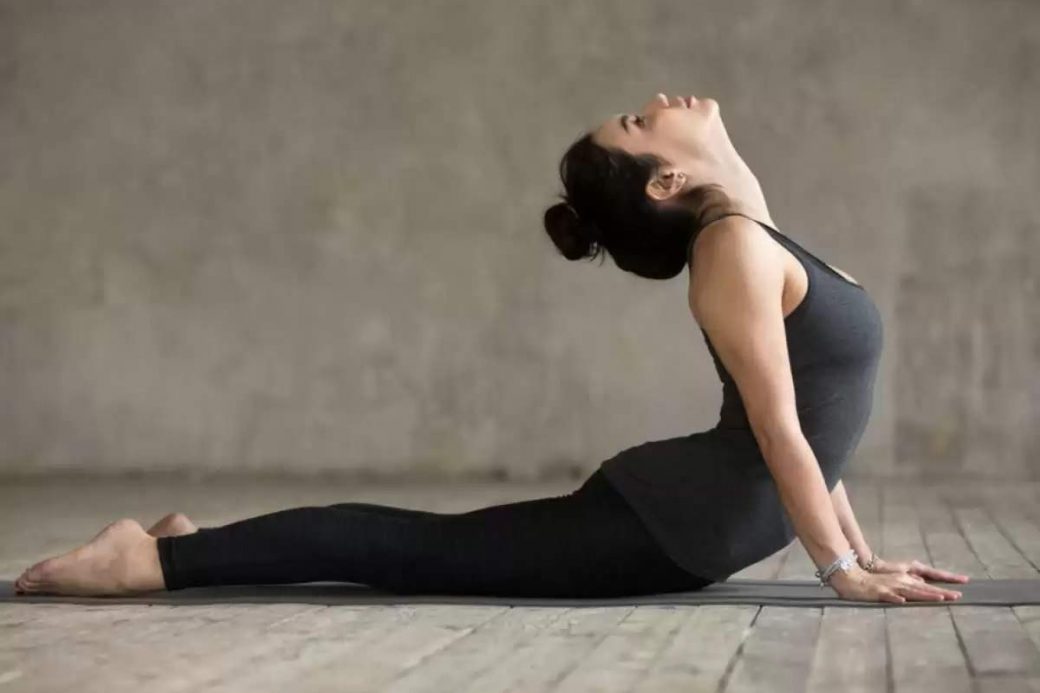
Movement and corrective exercise is one of the programs that help the health care professionals and clinicians to screen individuals for the risk of dysfunctional movements or performances and injury. Clinicians at first tend to use movement and corrective exercise as a manual for the screening of performance limiting patterns in athletes, but now the program is gaining popularity for people with injuries as well. The techniques that movement and corrective exercise offer help in leveraging a better understanding of the biomechanics, kinesiology, and anatomy in athletes and other people.
Movement and corrective exercise points out and then fixes limitations in movements and imbalance. The tool of movement and corrective exercise helps in improving the overall quality of moving patterns in people during everyday life and even in workouts. The program also enables the clinician or a personal trainer to identify the presence of asymmetries which lead to functional movement limitations. Moreover, the use of techniques that movement and corrective exercise program offers helps in promoting stability and mobility during fundamental moving patterns.
How movement and corrective exercise works?
Movement and corrective exercise program aims to provide certain movement patterns that help in providing noticeable performance of manipulative, stabilizing, and basic locomotor movements. The program identifies the imbalances and weaknesses of a person by placing him in extreme positions where inappropriate motor and mobility control is quite visible.
After the identification of movement limitations in an individual by functional movement screen (FMS), the clinicians use corrective exercise program to prevent any musculoskeletal injuries. A program of movement and corrective exercises collectively assist in the assessment and determination of the underlying cause of faulty movements and imbalances that result in poor body coordination, posture, and balance.
Elements of movement and corrective exercise program

There are seven functional movement patterns that are important to asses in an athlete prior to the development of corrective exercises. Following are the seven functional movement screening tests that are important to determine and fix the stability and other mobility issues:
- Deep squat screen
- Hurdle step screen
- In-line lunge screen
- Shoulder mobility screen
- Trunk stability push up screen
- Leg raise screen
- Rotation stability screen
Combining movement and corrective exercise techniques for fixing mobility issues
A combination of movement and corrective exercise techniques help in addressing the movement limitations immediately as well as improve specific activities and motions. Corrective exercises help in targeting mobility issues like limited range of motion, poor mechanics, and decreased strength. Movement exercises on the other hand focus on improving moving patterns in daily life and in workouts. The combined use of movement and corrective exercises can effectively enhance activity tolerance and reduce the risk of injuries.
Why use movement and corrective exercise program?

Movement and corrective exercise program offers the following appealing benefits for reducing the risk of injuries as well as improving the mobility:
Identification of underactive muscles
The seven screening tests for movement patterns help in identifying which muscles are underactive. The underactive muscles tend to differ on one side of the body from the other. Moreover, the strength phase of the program addresses balance and symmetry with fundamental movements such as:
- Lunges
- Squatting with weights
- Bench press
Self-Myofascial release
The first stage of the corrective exercise program is to release any adhesions that lead to limitations and asymmetries in myofascial muscles. Movement and corrective exercise techniques collectively align muscle fibers in an ideal position by releasing the overactive muscle tissues.